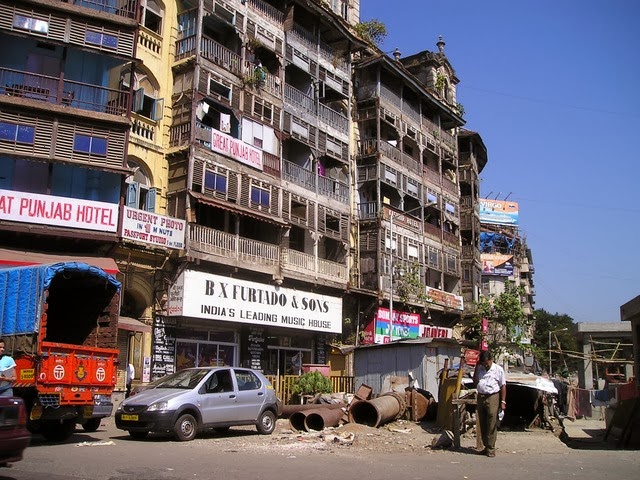Urban Livelihoods
Q & A
Q1: Approximately how many towns and big cities are there in India?
Answer: Roughly there are more than five thousand towns and twenty seven big cities in India.
Q2: List any four big cities where more than a million people live.
Answer: Delhi, Mumbai, Kolkata, Chennai, Bangluru
Q3: What are casual workers?
Answer: Casual workers are those workers who are given work as and when the employer needs them. They usually get less wages and work on ad hoc basis. They do not have permanent jobs.
Q4: Why did Bachchu Manjhi come to the city?
Answer: Bachchu Manjhi came from a small village in Bihar. There he worked as a mason. His family did not own any land. He did not get masonry work regularly in the village. Since his earnings were not enough, he had to come to city for his livelihood.
Q5: What type of occupations usually casual workers in cities have?
Answer: Occupations practiced by casual workers in cities are:
- Vegetable Vendors
- Rikshaw or Cart Pullers
- Florists
- Barber
- White Wash labourer
- Cycle repairer
Q6: How many street vendors work in big cities roughly?
Answer: More than a million.
Q7: What opinion about street vending has changed after the efforts made by social welfare organizations?
Answer: Street vending was till recently looked upon only as an obstruction to traffic and to people
walking. However with the effort of many organisations it is now recognised as a general benefit and as a right of people to earn their livelihood.
Q8: What steps are been taken by the government to help people on the streets?
Answer: Steps taken by government to help street vendors:
- Street vending is now recognised as an activity for general benefit and as a right of people to earn their livelihood.
- Hawking zones have been suggested for towns and cities.
- It has also been suggested that mobile vendors should be allowed to move around freely.
- Govt. is setting Hawkers committees to take decisions relating to them.
Q9: Which government body gives a licence to run a shop in a marketplace?
Answer: Municipal Corporation
Q10: Read and discuss the following description of the living conditions of workers who come to the labour chowk.
Most workers that we find at the labour chowk cannot afford permanent accommodation and so sleep on pavements near the chowk, or they pay Rs 6 a night for a bed at a nearby night shelter run by the Municipal Corporation. To compensate for the lack of security, local tea and cigarette shops function as banks, moneylenders and safety lockers, all rolled into one. Most workers leave their tools at these shops for the night for safekeeping, and pass on any extra money to them. The shopkeepers keep the money safely and also offer loans to labourers in need.
Source: Aman Sethi, Hindu On-line
Answer: Living conditions of workers are quite pathetic:
- They can't afford permanent accommodation because of their low wages.
- Because of low wages they either sleep at pavements or at night shelters run by govenrment agencies.
- They are often exploited by local shop owners who act as money lenders and bankers to them.
- They are devoid of medical facilities and have poor health conditions.
- They are prone to anti-social activities.
Q11: Write the differences between casual workers and permanent workers.
Answer:
| CASUAL WORKERS | PERMANENT WORKERS |
|---|---|
| 1. Employed when the employer gets large orders i.e. employment need bases. | 1. They are permanent workers and have jobs for long durations. |
| 2. On daily wages. | 2. Get monthly salaries. |
| 3. No job security or medical benefits when sick. | 3. Have job security and other benefits like medical cover, pension fund etc. |
| 4. Mostly unskilled or semi-skilled workers. | 4. Generally professional workers. |
| 5. No fix place of working. | 5. Work in offices. |
| 6. Work in unhygienic conditions | 6. Work at proper work places. |
| 7. Work is not defined. | 7. Work is defined. |


No comments:
Post a Comment
We love to hear your thoughts about this post!
Note: only a member of this blog may post a comment.